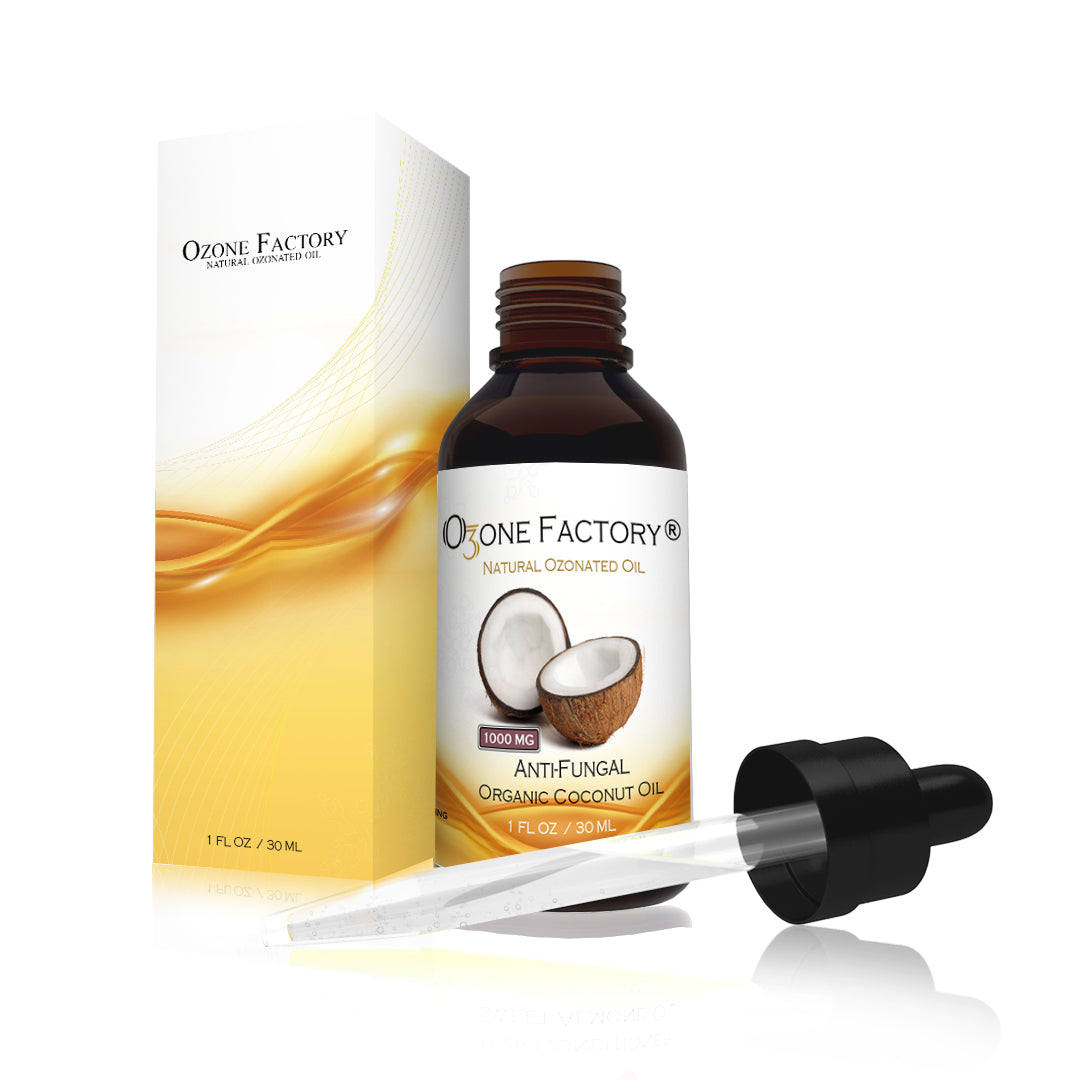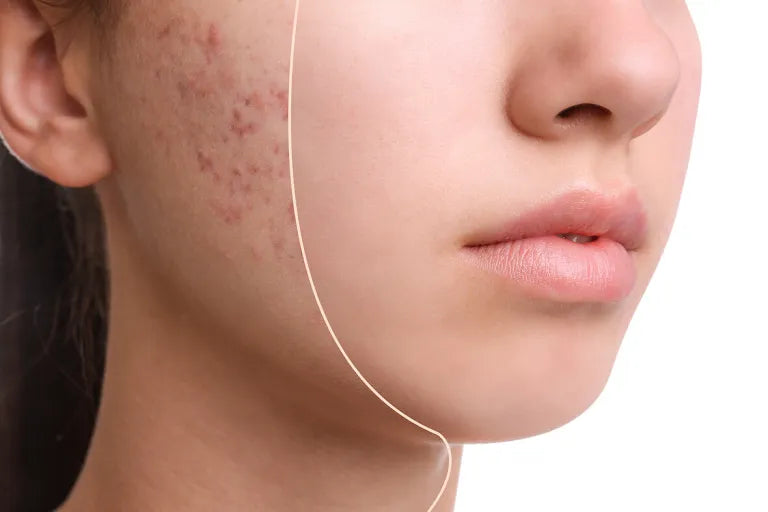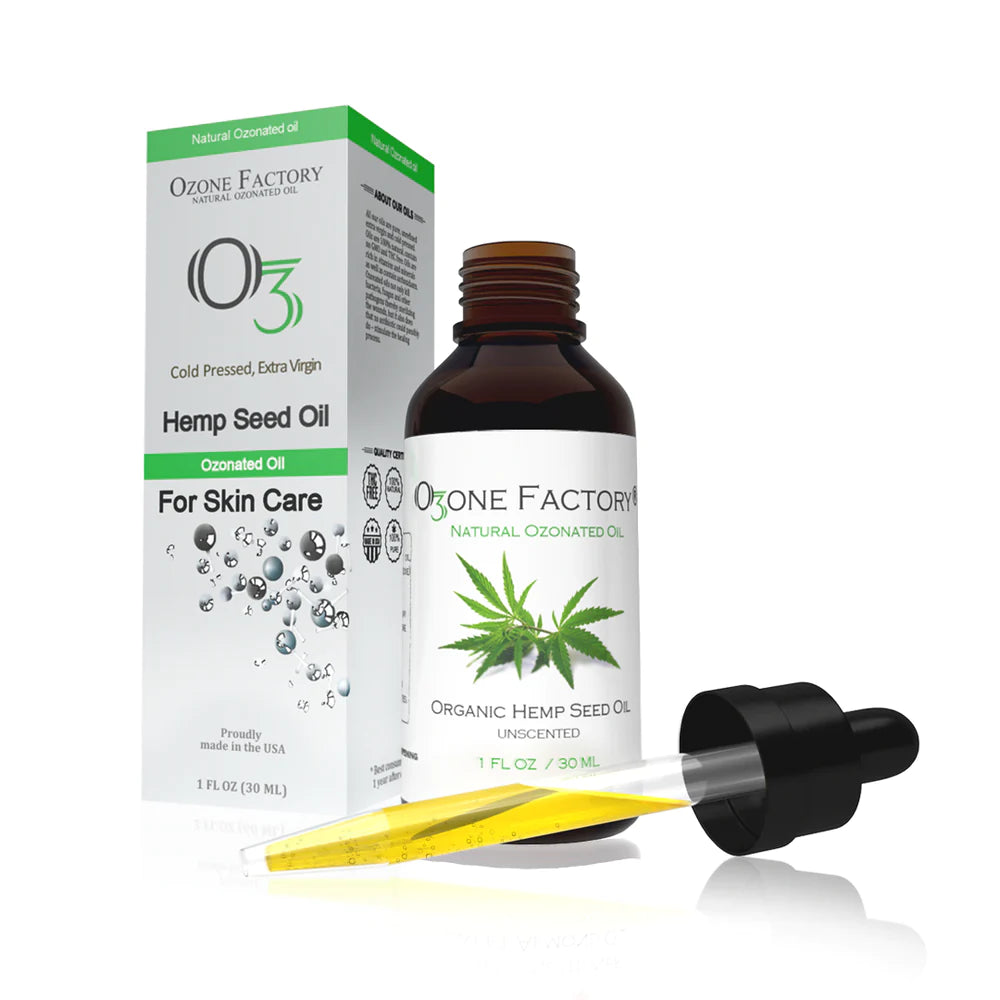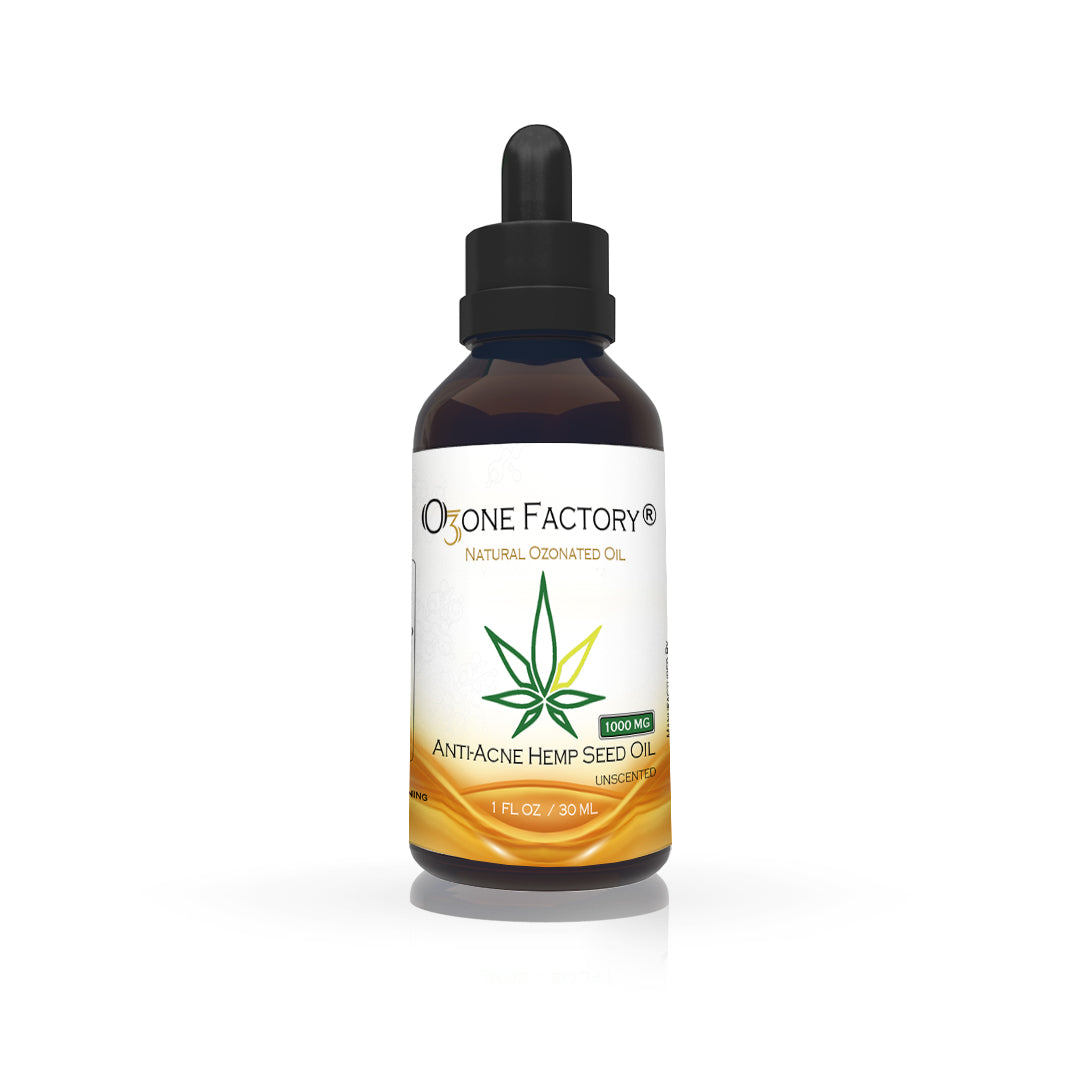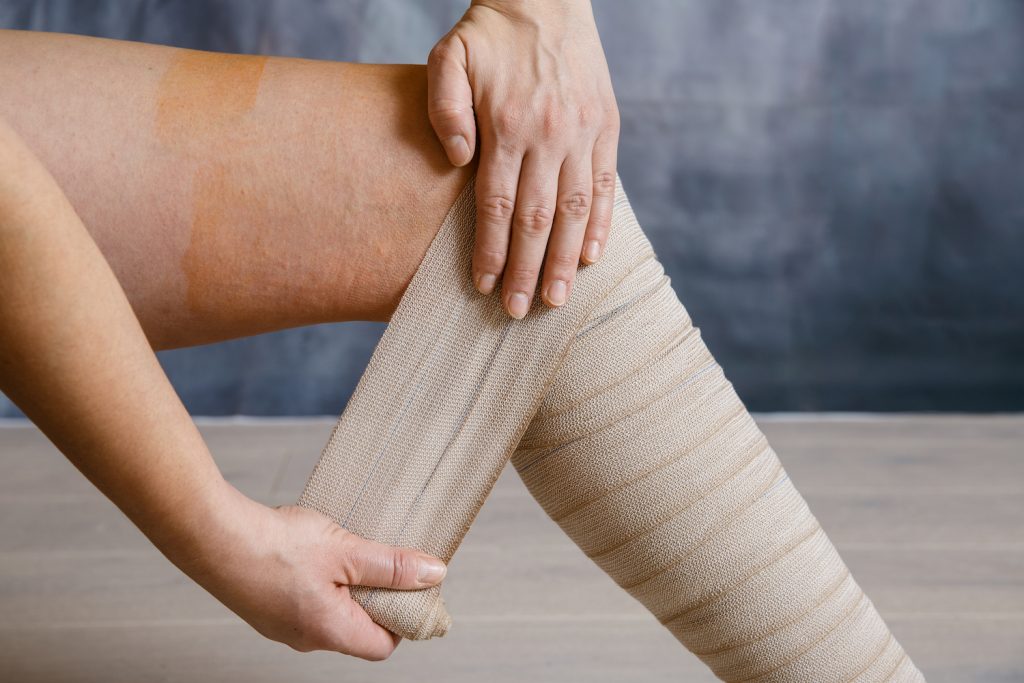
Venous ulcers, also known as stasis ulcers or varicose ulcers, are chronic wounds that primarily occur on the lower legs due to poor blood circulation. These ulcers develop when the veins in the legs fail to return blood efficiently to the heart, leading to increased pressure within the veins. Over time, this pressure causes damage to the skin and underlying tissues, resulting in an open sore that can be difficult to heal.
Venous ulcers are characterized by pain, swelling, and skin discoloration. The affected area may also feel heavy or itchy, and the ulcer can produce a foul-smelling discharge if it becomes infected. These ulcers are not only painful but can significantly impact a person’s mobility and quality of life.
Causes and Risk Factors
Venous ulcers are most commonly associated with chronic venous insufficiency (CVI), a condition where the valves in the veins of the legs do not function properly. This leads to blood pooling in the lower extremities, causing increased pressure and eventually leading to the breakdown of the skin.
Several factors can increase the risk of developing venous ulcers, including:
- Age: Older adults are more prone to venous ulcers due to age-related changes in circulation.
- Obesity: Excess weight puts additional pressure on the veins, exacerbating venous insufficiency.
- History of Deep Vein Thrombosis (DVT): Previous blood clots in the legs can damage vein valves, leading to ulcers.
- Varicose Veins: These enlarged, twisted veins are a common cause of venous insufficiency.
- Sedentary Lifestyle: Lack of movement can impair circulation and contribute to the development of ulcers.

Traditional Treatment Approaches
Treating venous ulcers typically involves a combination of wound care and methods to improve circulation. Key strategies include:
- Compression Therapy: Using compression stockings or bandages to improve blood flow and reduce swelling.
- Wound Care: Regular cleaning and dressing of the ulcer to prevent infection and promote healing.
- Medications: Antibiotics may be prescribed if the ulcer becomes infected, and medications to improve circulation may also be used.
- Lifestyle Changes: Encouraging weight loss, exercise, and leg elevation to reduce pressure on the veins.
- Surgery: In some cases, procedures to remove or repair damaged veins may be necessary.
Despite these treatments, venous ulcers can be slow to heal and are prone to recurrence, highlighting the need for additional therapeutic options.
The Potential Role of Ozonated Oils in Treating Venous Ulcers
Ozonated oils, created by infusing ozone gas into oils like olive or sunflower oil, are gaining recognition as a complementary treatment for venous ulcers. These oils are known for their potent antibacterial, antifungal, antiviral, and anti-inflammatory properties, making them a promising addition to ulcer management.
- Antimicrobial Action: Venous ulcers are susceptible to infections, which can complicate healing. Ozonated oils have been shown to effectively reduce microbial load, helping to prevent and treat infections in chronic wounds.
- Enhanced Healing: Ozone increases oxygen supply to the affected tissues, which can stimulate cell regeneration and accelerate wound healing. This is particularly beneficial in venous ulcers, where poor circulation hinders natural healing processes.
- Anti-inflammatory Effects: Chronic inflammation is a major factor in venous ulcer development and persistence. Ozonated oils can help reduce inflammation, alleviating pain and swelling, and creating a more favorable environment for healing.
- Wound Cleansing and Debridement: The oxidative properties of ozonated oils can aid in cleaning the wound bed by breaking down necrotic tissue and promoting the growth of healthy tissue. This cleansing effect is crucial in managing chronic wounds like venous ulcers.
How to Use Ozonated Oils for Venous Ulcers
For those considering ozonated oils as part of their venous ulcer treatment, it is essential to integrate them into a comprehensive care plan. The oils should be applied directly to the cleaned ulcer surface, followed by covering with a sterile dressing. The application frequency may vary depending on the severity of the ulcer and the advice of a healthcare professional, but it is commonly recommended to apply the oil once or twice daily.
It is important to note that ozonated oils should complement, not replace, standard treatments like compression therapy. Always consult a healthcare provider before starting any new treatment.

Conclusion
Venous ulcers are a challenging condition that requires a multifaceted treatment approach. While traditional therapies remain essential, ozonated oils offer a promising complementary option that can enhance healing, reduce infection risk, and provide symptomatic relief. As research into their effectiveness continues, ozonated oils may become an increasingly valuable tool in the management of venous ulcers, helping to improve outcomes and quality of life for those affected by this debilitating condition.


